


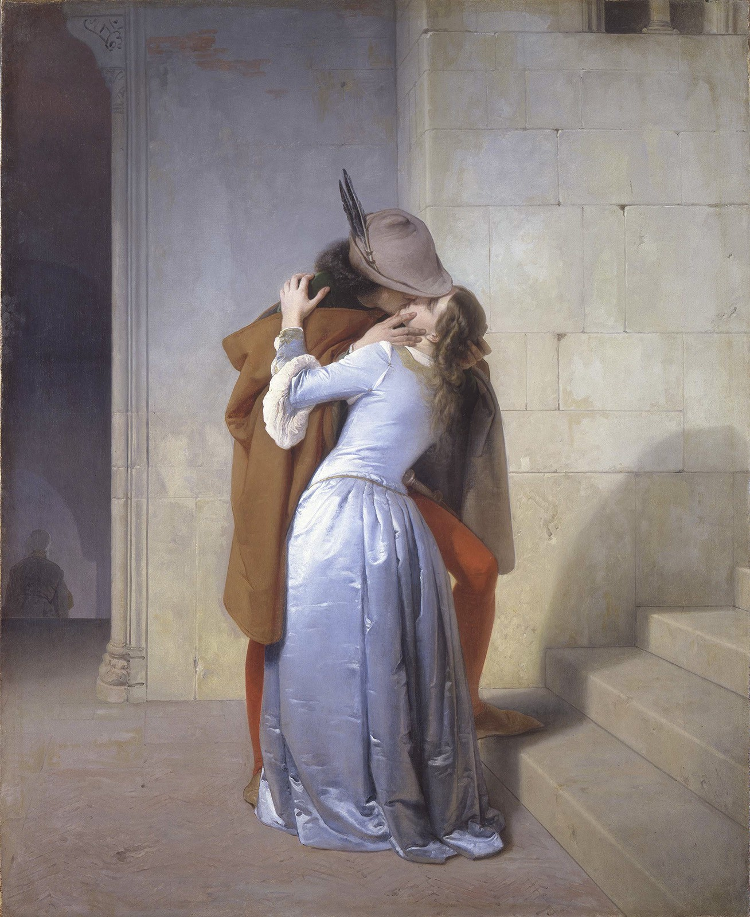

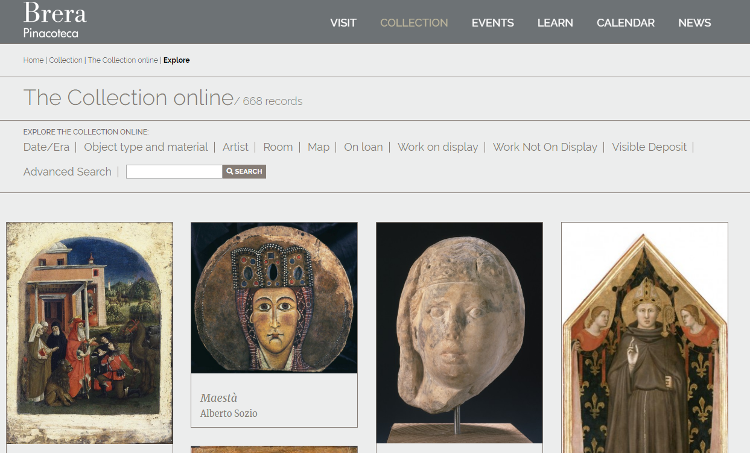
Angelo Ripamonti, Interior of the Pinacoteca di Brera, 1880 — Pinacoteca di Brera, Milan
Italy’s Pinacoteca di Brera has a more liberal image reproduction policy than most Italian museums. I spoke with Marco Toscano, Communication Manager at the Brera, to discover how the policy was conceived and what its impact has been.
In recent years Italian law on cultural heritage has been updated to allow anyone to freely take photographs in museums, libraries and archives run by the state and to use them for study purposes or on personal social media channels. It’s also permitted to use them for the “promotion of Italian cultural heritage”, but commercial uses are still forbidden without a prearranged authorization and — very likely — the payment of a fee.
Publication is usually considered a commercial use by Italian GLAM institutions, and only scholarly books or journals with low print-runs are exempt from the payment of reproduction rights.
Despite these limitations, the change in the law has been a major step towards accessibility and has favoured students, scholars and cultural heritage lovers. Yet Italian state-run museums haven’t fully digitized and opened up their collections to users.
The only exception is the Pinacoteca di Brera (Brera Art Gallery), Milan’s main public art gallery. Directed by James Bradburne since 2015, the Brera makes high-resolution images of its collection freely available online, inviting journalists, publishers, broadcasters, scholars and curators to use them.
A few images from the Brera ‘s collection are also available on Europeana with a CC-BY-NC-ND licence. In fact, the museum retains the right to evaluate image requests for other revenue-generating usages, such as merchandising or advertising.
To find out more, I spoke to Marco Toscano, the Communications Manager of the gallery.
Caravaggio (Michelangelo Merisi), Supper at Emmaus, 1606 — Pinacoteca di Brera, Milan
Marco, the current website of the Pinacoteca di Brera has been online since 2016 and has been displaying high-resolution images of the collection ever since. Have they been made available for download right from the start?
Yes. Before uploading the images, so that they could be freely downloadable by users, we worked to retrieve all the existing high-quality pictures of the collection and to digitize the missing ones. And when we launched the new website, we had almost all the works on display in the museum available online. The digitisation of the collection is still ongoing, though, and also includes works not on display.
How did the idea of making images available for download come about?
It was a natural consequence of two processes started at the Brera: on the one hand, the dematerialisation of the communication, that involved the creation of a new website, more up-to-date and user-friendly; on the other, the introduction of a new kind of relationship with the visitors.
We sought to give to each visitor, seen as a person with specific characteristics, the means of creating a personalised visit experience. The intent of empowering and valorising the visitor is also physically visible in the museum: we introduced different kinds of labels, provided benches for drawing, new signs, educational materials and thematic tours.
How has your new image policy changed everyday work?
The user gained autonomy. However I should point out that the resolution of images available online is still insufficient for some purposes. We still receive image requests and adequately deal with them. [Author’s note: the average resolution of the images is of sufficent quality for most publishing.]
Francesco Hayez, The Kiss, 1859 — Pinacoteca di Brera, Milan
Have you considered using Creative Commons licences on your website? They are international and could make it easier for users to understand how to reuse images.
No, we haven’t. We prefer to evaluate, depending on the destination and purpose, whether to authorise the use of an image and whether to grant permission free of charge or to request a fee.
Digitising and opening up collections are hot topics in the GLAM sector, yet I don’t think that your initiative has been much publicised. Why?
We didn’t feel the need to publicise it. We just wanted to align the Pinacoteca with the trend already followed by the main museums in the world for image management.
Your image policy makes the Pinacoteca di Brera a unique museum in the Italian panorama. In your experience, what reasons prevent other Italian art museums from following your example?
I believe that the difficulty of digitisation is one of the reasons, but I also think that images are often considered a source of income for the museum. Actually, it’s easy to figure out that charging everyone for any kind of image use has a cost, and that cost far outweighs the revenue.
The benefit to museums’ reputations that open access brings — although difficult to quantify — is undeniable and extremely fruitful.
It’s easy to imagine that licensing images for advertising or merchandising can be profitable. But’s it’s harder to estimate the profits that can come from other uses, for example, from the publishing sector. Did you study this aspect before making the images available, or have you determined if there have been any losses since then?
We can make three fundamental considerations about that.
First of all, image licensing revenue from the publishing sector is barely significant.
Secondly, in an era of proliferation of images and accessibility granted by the internet, we should be more concerned with quality– especially for reproductions of works of art — and aim for dissemination that promotes the museum and its collection.
And lastly, in the case of cultural purposes which contribute to producing knowledge, it is right to grant images of works of art. The museum doesn’t own the collection but rather preserves it, with the duty to share its beauty with the greatest number of people possible.
Pellizza da Volpedo (Giuseppe Pellizza), Human Flood, 1895 — Pinacoteca di Brera, Milan
Several museums that have embraced open access have stated that it has also been good advertising for their institutions. Has it been the same for you?
It wasn’t a result only due to our image policy, but it’s true that the Pinacoteca di Brera in the last few years has regained a visibility — in Italy and abroad — that it hadn’t had in a long time.
Have you been monitoring the downloads and the reuse of images of your collection? Are there any results or thoughts that you would like to share?
I don’t have actual data on downloads but I know that is a very appreciated and used feature. We’re usually being thanked by publishers that can use our images in their publications. Actually, they’re our main source of publicity.
Explore the Pinacoteca di Brera’s collections online
Dịch: Lê Trung Nghĩa
Ý kiến bạn đọc
Những tin mới hơn
Những tin cũ hơn
Blog này được chuyển đổi từ http://blog.yahoo.com/letrungnghia trên Yahoo Blog sang sử dụng NukeViet sau khi Yahoo Blog đóng cửa tại Việt Nam ngày 17/01/2013.Kể từ ngày 07/02/2013, thông tin trên Blog được cập nhật tiếp tục trở lại với sự hỗ trợ kỹ thuật và đặt chỗ hosting của nhóm phát triển...
 Loạt bài về AI và AI Nguồn Mở: Công cụ AI; Dự án AI Nguồn Mở; LLM Nguồn Mở; Kỹ thuật lời nhắc;
Loạt bài về AI và AI Nguồn Mở: Công cụ AI; Dự án AI Nguồn Mở; LLM Nguồn Mở; Kỹ thuật lời nhắc;
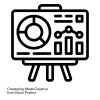 Các bài trình chiếu trong năm 2024
Các bài trình chiếu trong năm 2024
 Tập huấn thực hành ‘Khai thác tài nguyên giáo dục mở’ cho giáo viên phổ thông, bao gồm cả giáo viên tiểu học và mầm non tới hết năm 2024
Tập huấn thực hành ‘Khai thác tài nguyên giáo dục mở’ cho giáo viên phổ thông, bao gồm cả giáo viên tiểu học và mầm non tới hết năm 2024
 Các lớp tập huấn thực hành ‘Khai thác tài nguyên giáo dục mở’ tới hết năm 2024
Các lớp tập huấn thực hành ‘Khai thác tài nguyên giáo dục mở’ tới hết năm 2024
 Các tài liệu dịch sang tiếng Việt tới hết năm 2024
Các tài liệu dịch sang tiếng Việt tới hết năm 2024
 ‘Digcomp 2.2: Khung năng lực số cho công dân - với các ví dụ mới về kiến thức, kỹ năng và thái độ’, EC xuất bản năm 2022
‘Digcomp 2.2: Khung năng lực số cho công dân - với các ví dụ mới về kiến thức, kỹ năng và thái độ’, EC xuất bản năm 2022
 Tổng hợp các bài của Nhóm các Nhà cấp vốn Nghiên cứu Mở (ORFG) đã được dịch sang tiếng Việt
Tổng hợp các bài của Nhóm các Nhà cấp vốn Nghiên cứu Mở (ORFG) đã được dịch sang tiếng Việt
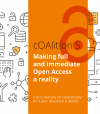 Tổng hợp các bài của Liên minh S (cOAlition S) đã được dịch sang tiếng Việt
Tổng hợp các bài của Liên minh S (cOAlition S) đã được dịch sang tiếng Việt
 Năm Khoa học Mở & Chuyển đổi sang Khoa học Mở - Tổng hợp các bài liên quan
Năm Khoa học Mở & Chuyển đổi sang Khoa học Mở - Tổng hợp các bài liên quan
 Hội nghị Đối tác Dữ liệu Mở châu Á năm 2021 do Việt Nam lần đầu tiên chủ trì
Hội nghị Đối tác Dữ liệu Mở châu Á năm 2021 do Việt Nam lần đầu tiên chủ trì
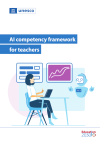 Khung năng lực AI cho giáo viên
Khung năng lực AI cho giáo viên
 Bạn cần biết những gì về các khung năng lực AI mới của UNESCO cho học sinh và giáo viên
Bạn cần biết những gì về các khung năng lực AI mới của UNESCO cho học sinh và giáo viên
 Lễ công bố công khai Trung tâm Năng lực Kim cương châu Âu và dự án ALMASI
Lễ công bố công khai Trung tâm Năng lực Kim cương châu Âu và dự án ALMASI
 Bàn về 'Lợi thế của doanh nghiệp Việt là dữ liệu Việt, bài toán Việt' - bài phát biểu của Bộ trưởng Nguyễn Mạnh Hùng ngày 21/08/2025
Bàn về 'Lợi thế của doanh nghiệp Việt là dữ liệu Việt, bài toán Việt' - bài phát biểu của Bộ trưởng Nguyễn Mạnh Hùng ngày 21/08/2025
 Ngày Phần mềm Tự do, Ngày Phần cứng tự do, Ngày Tài liệu Tự do
Ngày Phần mềm Tự do, Ngày Phần cứng tự do, Ngày Tài liệu Tự do
 ‘Khung năng lực AI cho giáo viên’ - bản dịch sang tiếng Việt
‘Khung năng lực AI cho giáo viên’ - bản dịch sang tiếng Việt
 Các tài liệu dịch sang tiếng Việt tới hết năm 2024
Các tài liệu dịch sang tiếng Việt tới hết năm 2024
 Các bài trình chiếu trong năm 2024
Các bài trình chiếu trong năm 2024
 Mark Zuckerberg: DeepSeek cho thấy vì sao nước Mỹ phải là ‘tiêu chuẩn nguồn mở toàn cầu’ của AI; không có lý do gì để suy nghĩ lại về việc chi tiêu
Mark Zuckerberg: DeepSeek cho thấy vì sao nước Mỹ phải là ‘tiêu chuẩn nguồn mở toàn cầu’ của AI; không có lý do gì để suy nghĩ lại về việc chi tiêu
 DeepSeek đã gây ra sự hoảng loạn trên thị trường — nhưng một số người cho rằng việc bán tháo là quá mức
DeepSeek đã gây ra sự hoảng loạn trên thị trường — nhưng một số người cho rằng việc bán tháo là quá mức
 ‘KHUYẾN NGHỊ VÀ HƯỚNG DẪN TRUY CẬP MỞ KIM CƯƠNG cho các cơ sở, nhà cấp vốn, nhà bảo trợ, nhà tài trợ, và nhà hoạch định chính sách’ - bản dịch sang tiếng Việt
‘KHUYẾN NGHỊ VÀ HƯỚNG DẪN TRUY CẬP MỞ KIM CƯƠNG cho các cơ sở, nhà cấp vốn, nhà bảo trợ, nhà tài trợ, và nhà hoạch định chính sách’ - bản dịch sang tiếng Việt
 Nhà khoa học AI hàng đầu của Meta cho biết thành công của DeepSeek cho thấy 'các mô hình nguồn mở đang vượt trội hơn các mô hình độc quyền'
Nhà khoa học AI hàng đầu của Meta cho biết thành công của DeepSeek cho thấy 'các mô hình nguồn mở đang vượt trội hơn các mô hình độc quyền'
 50 công cụ AI tốt nhất cho năm 2025 (Đã thử và kiểm nghiệm)
50 công cụ AI tốt nhất cho năm 2025 (Đã thử và kiểm nghiệm)
 “Chúng tôi không có hào nước”: Sự đổi mới đột phá của AI nguồn mở
“Chúng tôi không có hào nước”: Sự đổi mới đột phá của AI nguồn mở
 Dữ liệu để phân loại AI
Dữ liệu để phân loại AI
 UNESCO dành Ngày Giáo dục Quốc tế 2025 cho Trí tuệ nhân tạo
UNESCO dành Ngày Giáo dục Quốc tế 2025 cho Trí tuệ nhân tạo
 ‘Đặc tả Khung Tính mở Mô hình (MOF)’ của LF AI & Data - Tài sản chung của AI Tạo sinh - bản dịch sang tiếng Việt
‘Đặc tả Khung Tính mở Mô hình (MOF)’ của LF AI & Data - Tài sản chung của AI Tạo sinh - bản dịch sang tiếng Việt
 AI trong TVET - Một vài gợi ý triển khai trong thực tế
AI trong TVET - Một vài gợi ý triển khai trong thực tế
 ‘LỘ TRÌNH CỦA TỔNG THƯ KÝ LIÊN HIỆP QUỐC VỀ HỢP TÁC KỸ THUẬT SỐ THÚC ĐẨY HÀNG HÓA CÔNG CỘNG KỸ THUẬT SỐ’ - bản dịch sang tiếng Việt
‘LỘ TRÌNH CỦA TỔNG THƯ KÝ LIÊN HIỆP QUỐC VỀ HỢP TÁC KỸ THUẬT SỐ THÚC ĐẨY HÀNG HÓA CÔNG CỘNG KỸ THUẬT SỐ’ - bản dịch sang tiếng Việt
 Tài sản chung kỹ thuật số và Hàng hóa Công cộng Kỹ thuật số - Tìm thấy nền tảng chung cho các nhà hoạch định chính sách
Tài sản chung kỹ thuật số và Hàng hóa Công cộng Kỹ thuật số - Tìm thấy nền tảng chung cho các nhà hoạch định chính sách